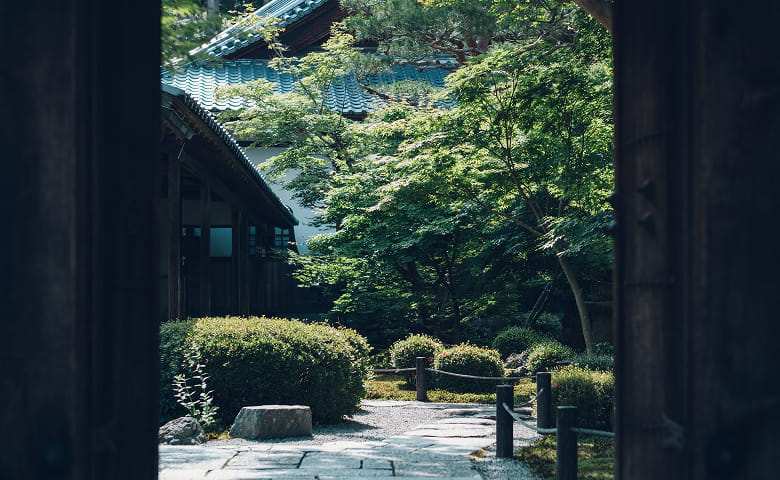About Enkouji

In 1601, the Shogun Ieyasu Tokugawa built Enkouji Temple in Fushimi, Kyoto as an
educational institution. He invited Zen Priest Genkitsu (Kanshitsu) Sanyo, the 9th Headmaster of the Ashikaga School
in Shimotsuke (a region near Tokyo), to be its first Headmaster. Enkouji Temple School was opened to the general
public and not exclusively to Buddist monks. The temple published numerous books including “The School Sayings of
Confucious” and “Essentials of the Zhenguan Period Government”. These books are known as the Fushimi editions or the
Enkouji editions. The 50,000 original wooden printing blocks used for publishing these books are preserved at the
temple today and are known as the oldest such blocks in Japan.Legend has it that the famous sculptor, Unkei,
produced the principal image of the temple, “The Kannon”, a Bodhisattva with a thousand arms. The Enkouji collection
also boasts two important cultural properties, a statue of its founder, Genkitsu and a pair of six-fold screen
paintings of bamboo forests by the master painter, Ohkyo Maruyama.
Beyond the temple gate, there is a Honryutei, a Karesansui zen garden. Past the garden lies the inner gate leading
to the Jyugyu no Niwa, a garden known for its beautiful autumn colors. Seiryu-chi, the oldest pond in northern
Kyoto, is paired with the delicate natural sound of a Suikinkutsu, a Japanese garden ornament, to create the sublime
stillness of these temple grounds. On the hill behind the temple, there is a Toshogu Shrine in which this temple’s
founder, Ieyasu Tokugawa, is enshrined.









